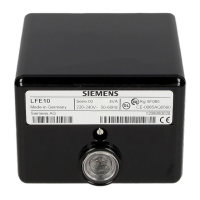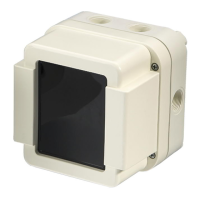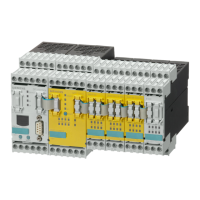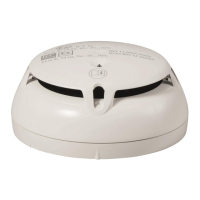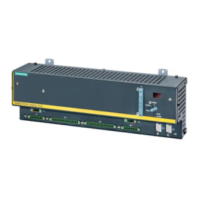e1249d2
31
Fire & Security Products
Siemens Building Technologies Group
01.1999
4.3.4 Localize with device identification
Requirements
Automatic detectors:
Detector bases installed
Detectors not inserted
This localization method is possible in a currentless state; the control unit
must not, therefore, be installed. It is useful when a detector must be installed
in areas which will later become inaccessible.
Enter ID number, type and installation location of the first detector on the com-
missioning list or ground plan
1
2
3
5
4
211209207
206204202
6
7
8
910
8038
4790
Identification number
(device identification)
80384790
laboratory 201
corridor 200
office office office
laboratory 203
laboratory 205
office office office
Insert detector into the base
Repeat the procedure until all required detectors have been localized
Note:
The data (identification numbers, detector types, bus addresses) of the detectors local-
ized by device identification must also be read into the control unit. If address allocation is
carried out at a later time, data from all existing devices are read in after switching to ad-
dress allocation mode, i.e. including from those devices localized by device identification.
If no address allocations are carried out, these data may be read in in the following way:
Switch line to ’address allocation through activation’ or ’through insertion’ and wait until
the mode becomes active ( pages 91/93)
The device data are read in
Deactivate address allocation ( page 93)
the data, which are now localized in the control unit, can be loaded using the function
Comm Fast Upload Loc. –> PC in the SWE11 ( Page 94)
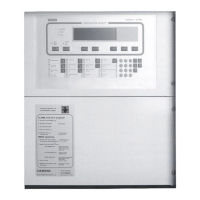
